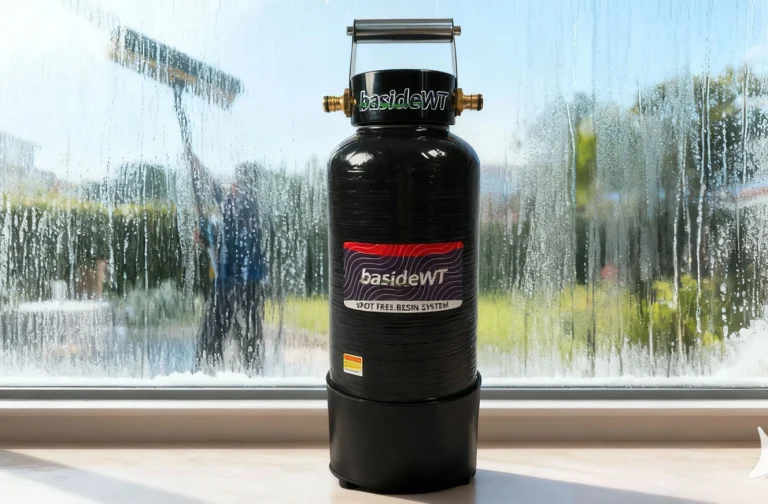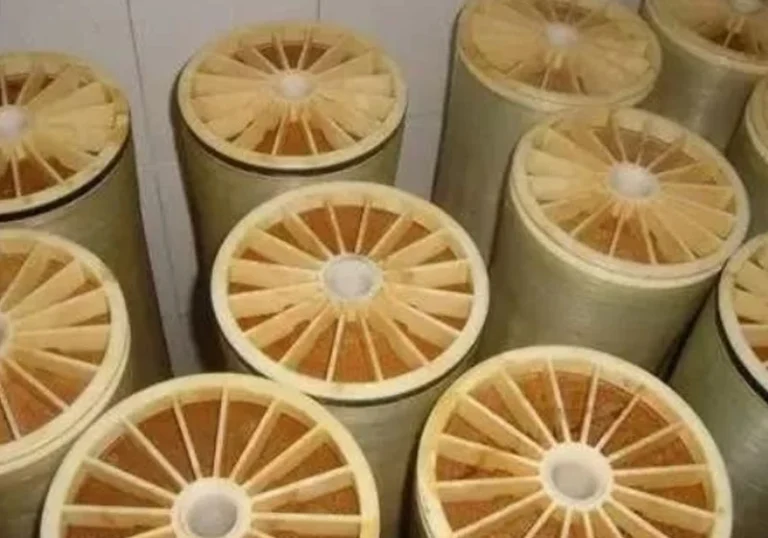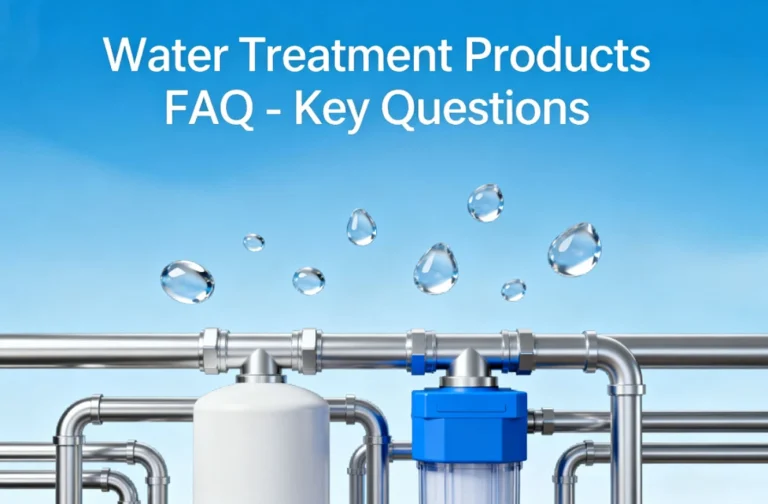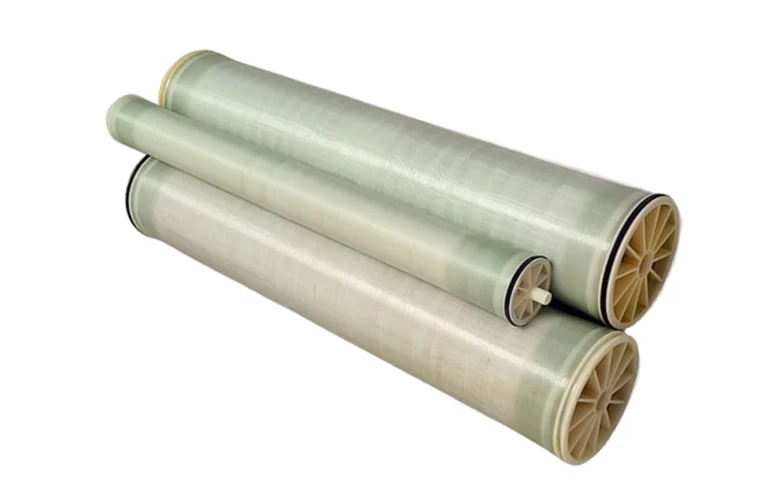BasideWT- Whole Home Water Filtration System & Replacement

Can You Use Water While Softener Is Regenerating?
A common question for any homeowner with a water softening system is, “can you use water while softener is regenerating?” This is a crucial query because the answer directly impacts your daily routine and the health of your appliance. In short, you can, but you absolutely should not for anything beyond a small, emergency amount. Drawing water during this critical maintenance cycle can lead to poor performance, potential damage, and a waste of resources. In this detailed guide from BasideWT, we will delve into the science of regeneration, explain the consequences of using water, and provide best practices to ensure your system, like those we expertly design, lasts for years to come.
Understanding the Water Softener Regeneration Process
To fully grasp why using water is ill-advised, you must first understand what happens inside the tank. Regeneration is not a passive pause; it’s an active, multi-stage deep-cleaning sequence.
The Key Stages of the Regeneration Cycle
The process typically involves five distinct steps, each vital for restoring the resin beads’ ability to remove hardness minerals like calcium and magnesium.
- Backwash: The system reverses water flow to flush out dirt, sediment, and mineral debris from the resin tank. This cleans the bed and prepares it for recharge.
- Brine Draw / Recharge: This is the core of the process. A concentrated saltwater (brine) solution is drawn from the brine tank and washed over the resin beads. The sodium ions in the salt forcefully swap places with the trapped calcium and magnesium ions.
- Slow Rinse (Brine Rinse): The system continues to rinse the resin bed with a slow flow of water, ensuring the brine solution and the displaced hardness minerals are thoroughly pushed out towards the drain.
- Fast Rinse: A final, vigorous rinse compacts the resin bed and removes any last traces of brine and hardness minerals, leaving the system ready for optimal service.
- Brine Tank Refill: The system refills the brine tank with water to dissolve more salt, creating the brine solution for the next regeneration cycle.
The Direct Impact of Using Water During Regeneration
So, what exactly happens when you ignore the advice and turn on the tap? The effects are immediate and multifaceted.
Compromised Water Quality and System Inefficiency
When you use water during regeneration, you are drawing it from a system that is actively contaminating itself. You will likely get a mix of hard water and the chemical byproducts of the cleaning cycle. Therefore, your water may be discolored, contain high levels of sodium, and lack any softening benefits. Interestingly, this is also the moment when the system is most vulnerable to sending hard water directly into your plumbing, undermining the very purpose of having a softener.
Potential for Internal Damage and Resin Loss
The regeneration cycle is a carefully balanced hydraulic process. Introducing an unauthorized water draw, such as flushing a toilet or taking a shower, disrupts this balance. It can create channeling in the resin bed, where water cuts uneven paths, reducing the system’s efficiency. In severe cases, the high flow rate from a water draw can even cause resin beads to be washed out of the tank and into the drain line, leading to permanent and costly damage.
Practical Scenarios: What If You Absolutely Need Water?
While the rule is clear, life isn’t always predictable. Let’s explore some common household situations.
Using the Toilet: A Quick Flush
A single, quick flush of a toilet is generally considered low-risk. It uses a small, instantaneous volume of water. However, doing this repeatedly during one regeneration cycle can compound the negative effects, so it’s best to avoid it if possible.
Taking a Shower or Running a Faucet
This is where you will encounter the most noticeable problems. The water pressure will likely drop significantly and the water quality will be poor. You are essentially showering in hard water mixed with brine and calcium residue. Consequently, this is highly discouraged as it negatively affects both your experience and the softening system.
Using a Reverse Osmosis (RO) System or Ice Maker
These appliances are particularly sensitive to water quality. Feeding them hard, salty water during regeneration can foul the RO membrane and damage the ice maker’s components. You should always ensure your softener is not regenerating when these devices are in use.
Optimizing Your Softener’s Regeneration Schedule
The simplest solution to this entire dilemma is to schedule regeneration for times when no one needs water. Modern BasideWT units make this incredibly easy.
Leveraging Timed and Demand-Initiated Regeneration
Most modern softeners offer two main types of control valves:
- Timer-Based: You set a specific time (e.g., 2:00 AM) for the system to regenerate. This is perfect for households with consistent schedules.
- Demand-Initiated Regeneration (DIR): This is the superior, more efficient option. Meters on the BasideWT system track your actual water usage. The system only regenerates when it has exhausted its softening capacity, saving both water and salt. You can often set a “regeneration window” (e.g., between 1 AM and 4 AM) to ensure it always runs at an off-peak time.
BasideWT’s Advanced Features for Uninterrupted Flow
At BasideWT, we engineer solutions that anticipate real-world problems. Our systems are designed to provide maximum convenience without compromising on performance or longevity.
The Twin-Tank Advantage for Zero Downtime
For households and businesses that cannot afford any interruption in soft water supply, BasideWT offers twin-tank or alternating systems. Specifically, these systems feature two resin tanks. While one tank is actively softening your home’s water, the other can be regenerating. This setup completely eliminates the regeneration dilemma, ensuring you have a continuous, unlimited supply of soft water 24/7. Can you use water while softener is regenerating in this setup? The answer is a resounding yes, with no drawbacks.
Frequently Asked Questions (FAQ)
Can a water softener regenerate during the day?
Yes, it can. However, it is best programmed to run at night (e.g., after 9 PM and before 6 AM) when water usage is minimal. This simple step prevents almost all potential conflicts.
How long does a typical regeneration cycle last?
A standard regeneration cycle for a quality system like those from BasideWT typically takes between 60 to 90 minutes. The entire process is automated and requires no intervention from you.
What are the audible signs of regeneration?
You might hear the hum of the motor, the “click” of the valve shifting between stages, or the sound of water flowing to the drain. If you hear these sounds, it’s best to avoid using water. Therefore, understanding these sounds helps you cooperate with your appliance.
Is It Okay to Use Hot Water During Regeneration?
Using hot water is a double complication. It draws from the water heater, which may be refilling with hard water from the regenerating softener. This means you are depleting your reserve of soft, hot water and replacing it with hard water, which can lead to scale buildup in the heater. The core question, can you use water while softener is regenerating, extends to hot water with an even stronger recommendation against it.







